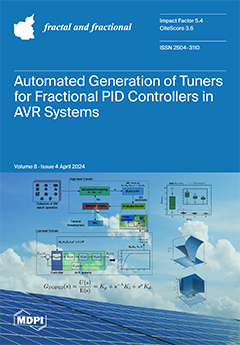AI-driven mineral prospectivity mapping (MPM) is a valid and increasingly accepted tool for delineating the targets of mineral exploration, but it suffers from noisy and unrepresentative input features. In this study, a set of fractal and multifractal methods, including box-counting calculation, concentration–area fractal
[...] Read more.
AI-driven mineral prospectivity mapping (MPM) is a valid and increasingly accepted tool for delineating the targets of mineral exploration, but it suffers from noisy and unrepresentative input features. In this study, a set of fractal and multifractal methods, including box-counting calculation, concentration–area fractal modeling, and multifractal analyses, were employed to excavate the underlying nonlinear mineralization-related information from geological features. Based on these methods, multiple feature selection criteria, namely prediction–area plot, K-means clustering, information gain, chi-square, and the Pearson correlation coefficient, were jointly applied to rank the relative importance of ore-related features and their fractal representations, so as to choose the optimal input feature dataset readily used for training predictive AI models. The results indicate that fault density, the multifractal spectrum width (∆
α) of the Yanshanian intrusions, information dimension (
D1) of magnetic anomalies, correlation dimension (
D2) of iron-oxide alteration, and the
D2 of argillic alteration serve as the most effective predictor features representative of the corresponding ore-controlling elements. The comparative results of the model assessment suggest that all the AI models trained by the fractal datasets outperform their counterparts trained by raw datasets, demonstrating a significant improvement in the predictive capability of fractal-trained AI models in terms of both classification accuracy and predictive efficiency. A Shapley additive explanation was employed to trace the contributions of these features and to explain the modeling results, which imply that fractal representations provide more discriminative and definitive feature values that enhance the cognitive capability of AI models trained by these data, thereby improving their predictive performance, especially for those indirect predictor features that show subtle correlations with mineralization in the raw dataset. In addition, fractal-trained models can benefit practical mineral exploration by outputting low-risk exploration targets that achieve higher capturing efficiency and by providing new mineralization clues extracted from remote sensing data. This study demonstrates that the fractal representations of geological features filtered by multi-criteria feature selection can provide a feasible and promising means of improving the predictive capability of AI-driven MPM.
Full article





